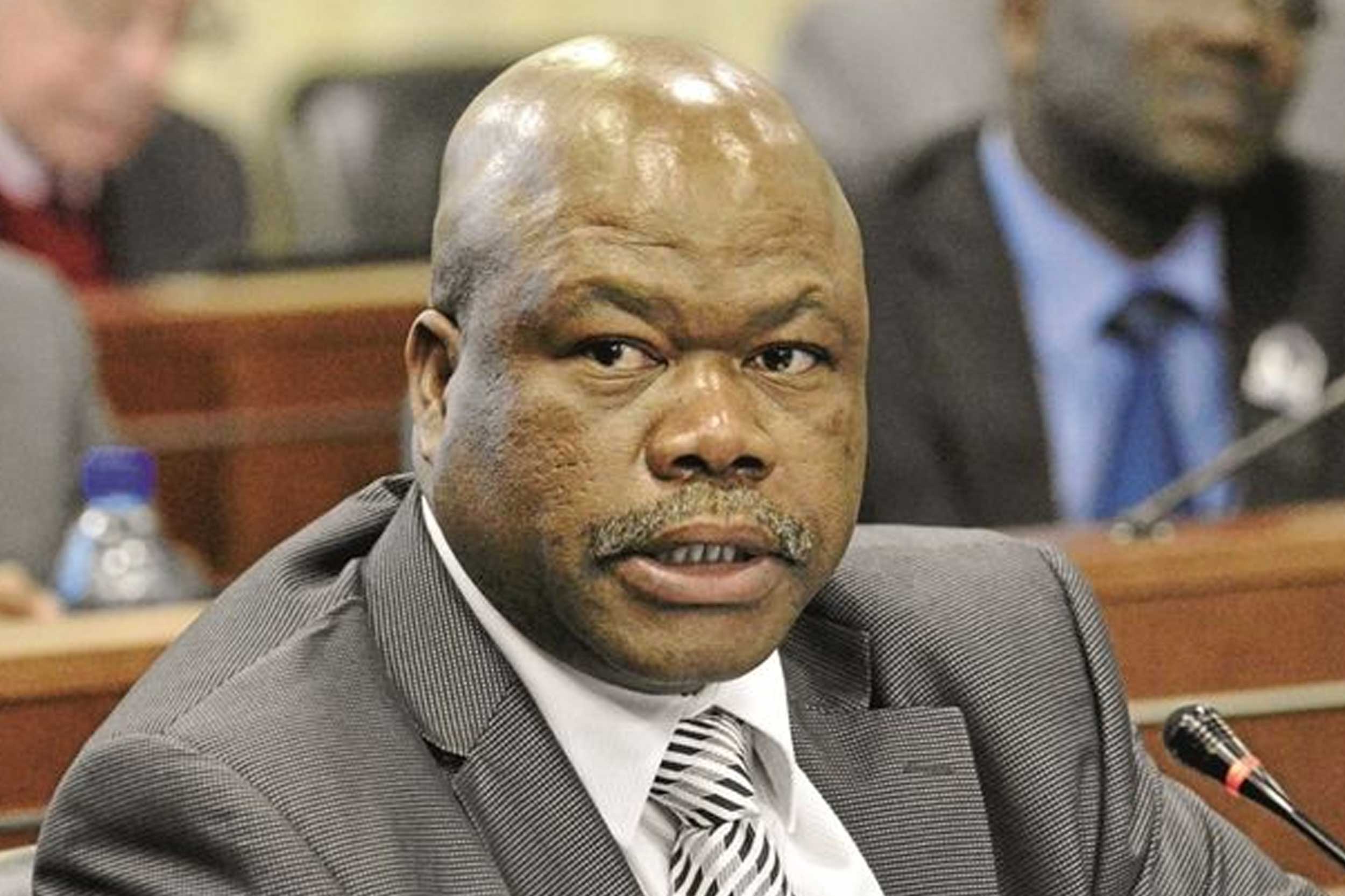Fuel retailers halt action midstream

Fuel retailers halt action midstream
THE FUEL Retailers Association (FRA) has put on hold its legal action against the department of energy over the erosion of retailers’ profit margins. It held another meeting with the department on July 1 in an effort to reach an amicable resolution.
Fuel retailers have long complained about margin squeeze, and the new Regulatory Accounting System (RAS), implemented fully in 2013, was intended partly to address this. RAS calculates a return for each activity within the value chain. It stipulates what return is due for asset ownership, operating the service station and recovery of expenses.
FRA CEO Reggie Sibiya says implementation of the RAS is not achieving the objectives of the Energy White Paper or the Petroleum Products Act (PPA) of protecting jobs, encouraging small and medium enterprises, and transformation by giving equitable returns for new entrants. New black forecourt owners are often heavily or entirely dependent on debt to fund their businesses.
Before RAS, the margin allocation system used a standard franchise concept where 80% of the gross margin covered costs and 20% was “entrepreneurial compensation”, or profit for the service station operator. This year, the retailer margin consists of 84c/litre to cover fuel retailers’ operating costs and 67,1c/l for return on investment (ROI).
The 67,1c/l is the contentious figure. Forecourt assets are sometimes owned by the oil company that provides the franchise agreement but 40% of retailers also own assets. So sharing the ROI has to be agreed through negotiation.
Most at risk is the 60% of the retailers who do not own the assets but have invested millions of rand for a franchise agreement, Sibiya says. For operating the business, the RAS model allocates 21,9c/l in theory. But in practice this varies greatly and can be as little as 15c/l.
Even retailers who own the majority of assets receive far less than the 45,2c/l intended as a return on assets. Because the retail price of fuel is regulated, retailers cannot claw back by raising their selling prices.
The FRA argues that the profit split should be regulated or, alternatively, oil companies should be prohibited from owning retail assets. The PPA prohibits wholesalers from owning a retail licence but in practice they share in the profits of the retail business, he says.
The spirit and intention of the RAS is positive, Sibiya says. The annual determination is transparent, detailed and does not inflate petrol prices for the consumer.
But fuel retailers are worse off under the RAS than under the previous system. A return of a maximum of 21,9c/l does not cover the risk inherent in three to five-year franchise agreements which can be terminated at any time, the cost of repaying loans to buy a franchise, unregulated costs such as bank charges and credit card usage, or for the goodwill in the business.
If retailers’ profit margins are not protected, the first to suffer will be the 7 0000 employees, Sibiya says.
Apart from their share of the 45,2c/l retail margin, oil companies are also guaranteed a margin per litre from other activities such as storage, distribution and wholesaling of fuel, Sibiya argues. For a retailer, the forecourt is usually the only source of fuel income.
Though the average volume of fuel (petrol and diesel) sold per forecourt is 300 000l/month, Sibiya says many are selling much less and their volumes are declining as the number of service stations increases.
SA Petroleum Industry Association (Sapia) executive director Avhapfani Tshifularo says the RAS improved on the previous system. It has achieved the objectives of removing the subsidy between regulated and unregulated products, rewarding investment and being more transparent. Like any new system, issues emerged in practice which had to be resolved.
He says the RAS required wholesalers and retailers to agree on allocating costs. If government wanted to legislate that process, there was likely to be public consultation and Sapia expected it would have an opportunity to give its input.
